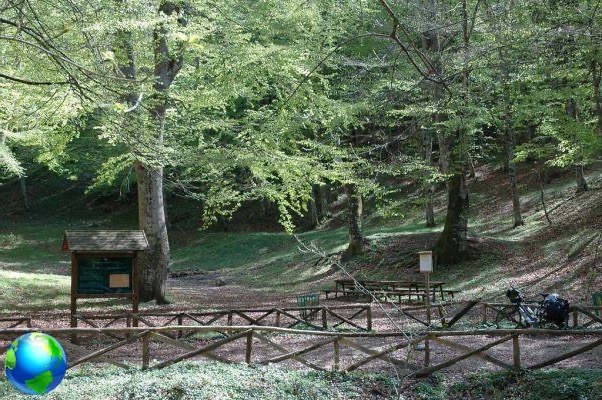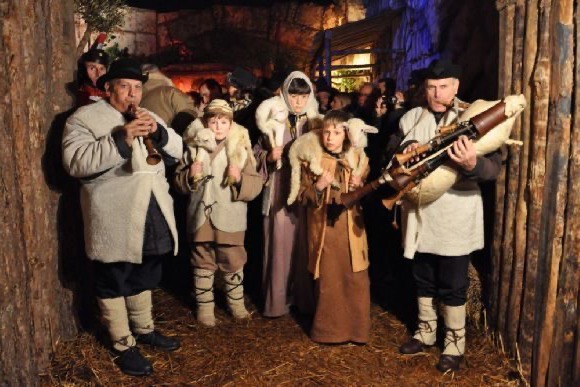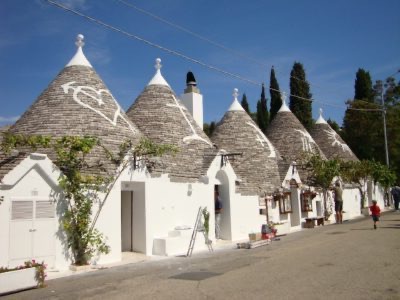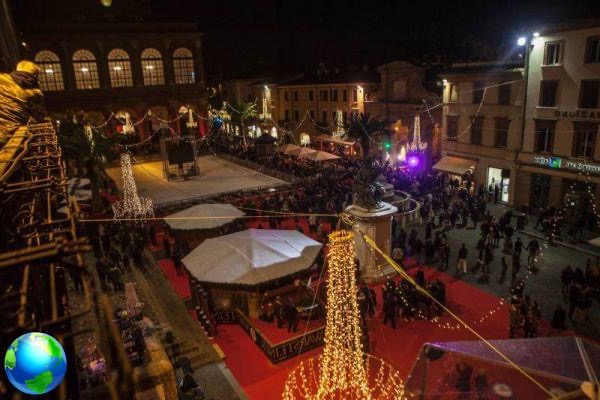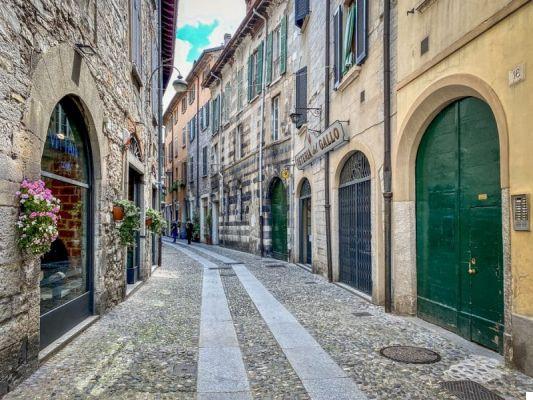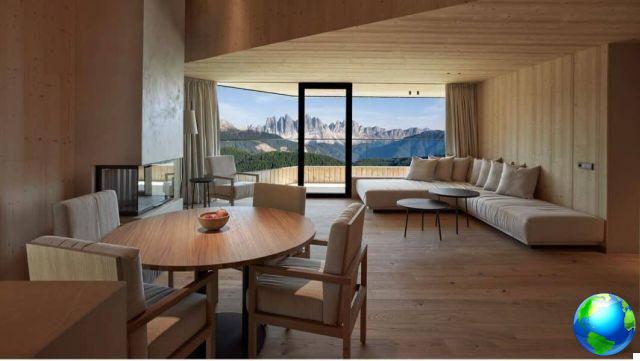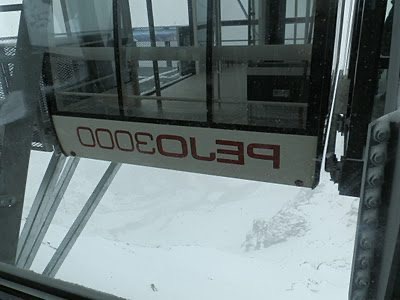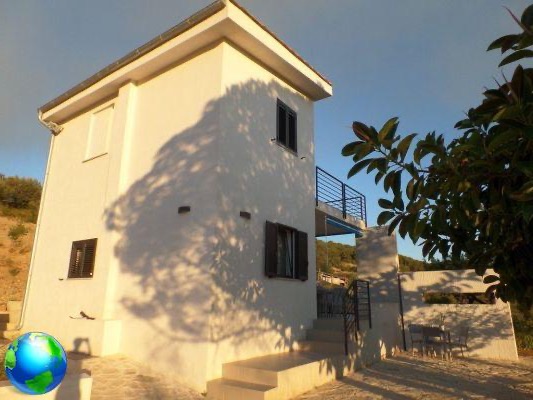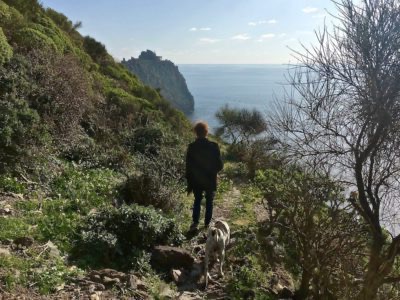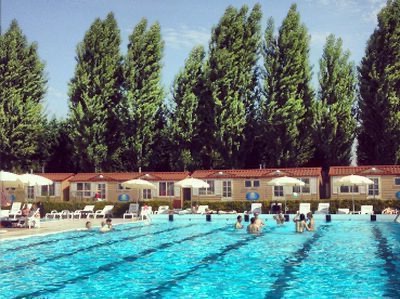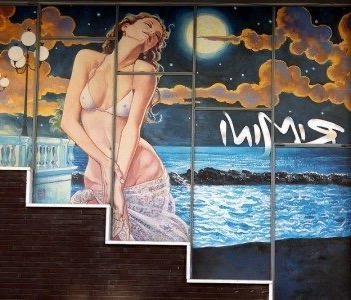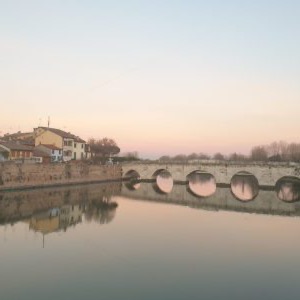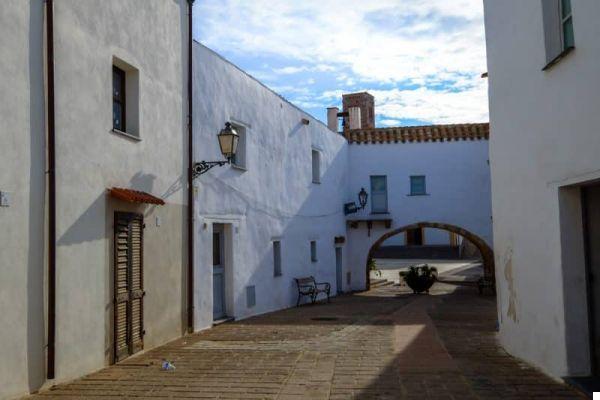Itinerary in Garfagnana, in Tuscany, to reach the beautiful Grotta del Vento.
The ancient inhabitants of the Garfagnana they used to call their territory "great forest", and according to some the origin of its name is to be found in this name, which well describes the nature of the place. Located in the upper valley of the Serchio river, in province of Lucca, this area is in fact characterized by the presence of luxuriant woods which give it a singular character, distinguishing it from the rest of Tuscany.
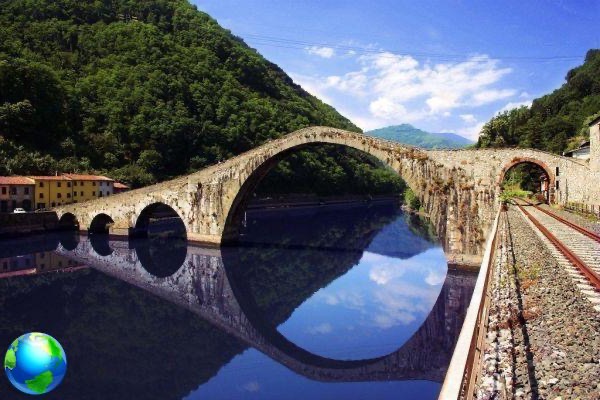
Its particular position, between the Apuan Alps and the Tuscan-Emilian Apennines, has ensured that this territory remained rather isolated from the large neighboring centers, such as Lucca, Pisa or the worldly Versilia, and maintained its own identity over time. The strong character of the place, combined with the charm of its villages perched on the rocks and the wonders of the landscape, make Garfagnana the ideal destination for a trip or a different weekend, capable of offering something unusual.
If you want to get to know these areas, I recommend an itinerary that, starting from the lower Serchio valley and climbing up to the town of Vergemoli (where the famous wind cave), allows you to gradually immerse yourself in this land made of woods and calmly savor its very special atmosphere.
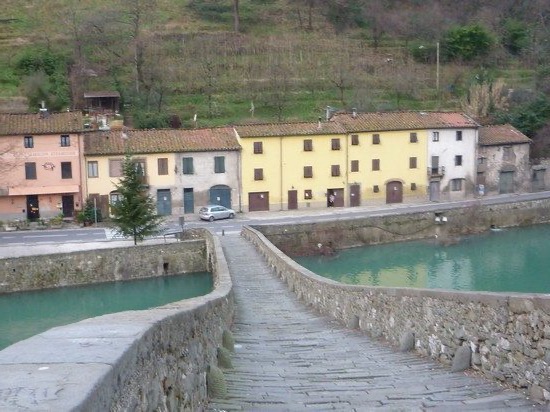
First stop: Borgo a Mozzano
As the first stop on the route I suggest a stop in the town of Borgo a Mozzano, famous for the presence of an unusual five-arch bridge with an asymmetrical structure, whose origins are confused between history and legend. According to local tradition, in fact, this bridge, renamed Ponte del Diavolo, was built with the intervention of Lucifer himself, who would have helped the workers to finish its construction, asking in exchange for the soul of the first person who had climbed it. .
The inhabitants, however, let a sheep pass, thus managing to get around the Devil. Beyond the legend, the bridge is certainly worth a visit for its singular shape and for the suggestive setting in which it is inserted, dominated by the intense blue of the river and the thousand shades of green of the vegetation.
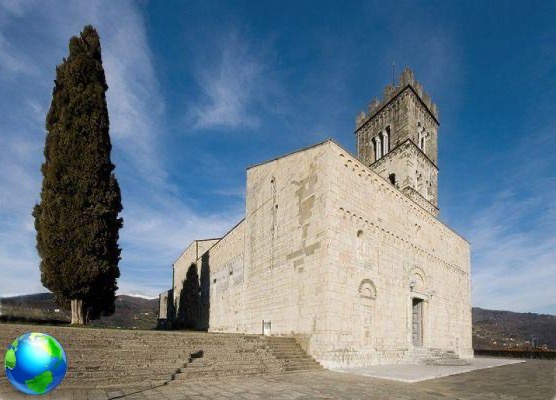
Second stop: Barga
Continuing the path towards the heart of the Garfagnana, I then recommend stopping in Barga, a village that has been included for some years among the most beautiful villages in Italy. Once you get here, just push yourself beyond the walls to immediately breathe the air of ancient that permeates this land. In fact, the village has maintained in its historic center the appearance it had in the communal age, with its irregular network of roads that climb between the buildings.
Among the most interesting things to see is the cathedral of San Cristoforo, whose current appearance is the result of interventions repeated over time, which have resulted in a building with a singular stylistic mix. The church, surrounded by a lawn, is located in the upper part of the city and offers a splendid view of the surrounding environment. Also worthy of note is the Teatro dei Differenti, in which Pascoli recited the famous oration “The great proletarian has moved” in 1911.
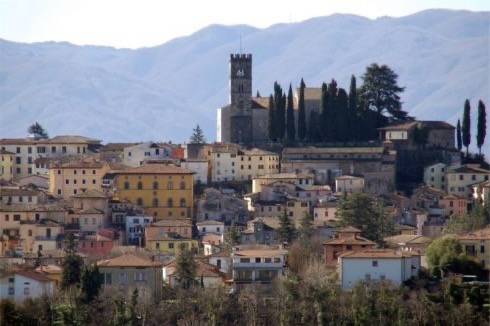
Third stage: Castelvecchio Pascoli
Then leave the center of Barga to proceed towards the hamlet of Castelvecchio Pascoli, that hosted the poet between 1895 and 1912. Here it is possible to visit Pascoli's house, now transformed into a museum. In addition to the rooms where the author lived, it is possible to see his manuscripts, books and the chapel where he was buried. The garden surrounding the villa is very beautiful, surrounded by cypresses, yews, vines and various other species of trees.
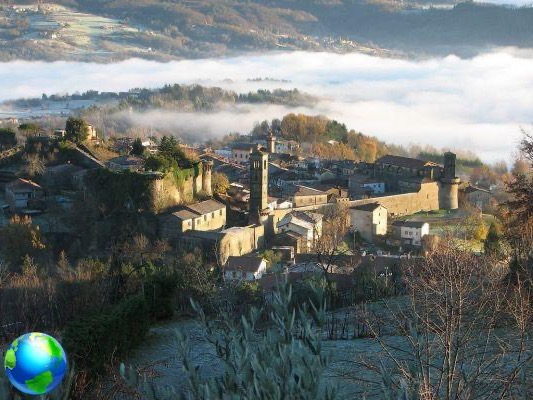
Fourth stage: Castiglione di Garfagnana
Move to this point a Castiglione di Garfagnana, a charming village surrounded by walls and towers. The town, founded in Roman times, had a notable development in the Lombard and Frankish times and still retains the characteristics of the past. A look at Castiglione will give you the impression of being in the presence of a monument in the open, where every tower, every street, every building has a long story to tell. Inside the walls, visit the "Parco della rimembranza" and the "Torrione della Brunella", from which you can enjoy a splendid view of the surrounding valley.
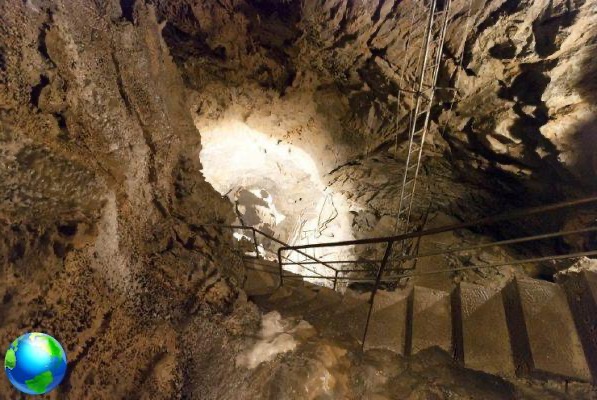
Fifth stage: Vergemoli
At this point, head towards Vergemoli to see the wind cave, the real jewel of the Garfagnana. In this cave, named for the presence of a constant current, you can admire splendid stalactites and stalagmites, limestone deposits with different shades and underground waterways that will leave you speechless.
Even before arriving you will begin to feel the particular charm of this place, solitary and quiet. The road leading to the wind cave, narrow and inaccessible, leaves you with bated breath, divided as it is between rocks and overhangs. Curve after curve, the impression of leaving behind noise and confusion grows, to discover a new and enchanted place, made of peace and silence. Once past the small town of Fornovolasco, the village closest to the cave, you will have to continue climbing, until you reach a semi-deserted parking lot that seems immersed in nothingness. There is the welcome center, where you can buy entrance tickets and admire a small collection of stones and minerals.
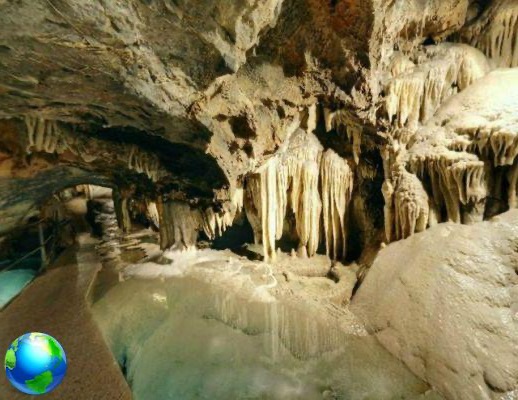
For your visit, which will take place under the supervision of a guide at set times, you can choose between three different itineraries, lasting one, two or three hours. All paths are equipped with concrete walkways, so no special clothing is required. Just remember that the internal temperature of the cave is 10,7 degrees and the humidity is very high, so it is advisable to bring something to cover yourself.
Once you enter the cave, your guide will show you all the particularities of the cave, managing to involve you in thefascinating history of this place magical and leaving you with the desire to discover more about the world of caving.




